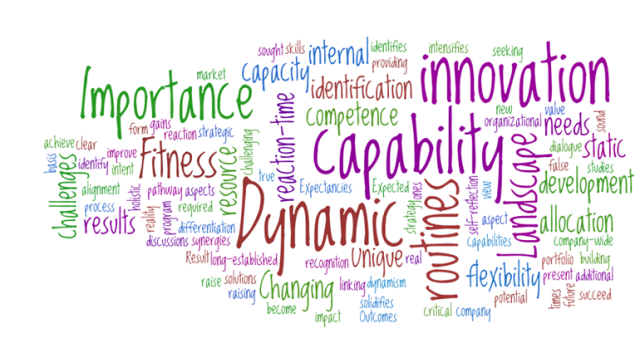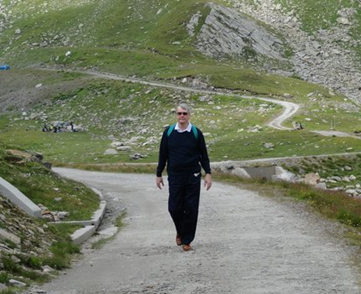 I had not recognized the incredible power of “orchestration” needed in innovation as much as I should have done. Of course it was there, actually all around us, going on all the time but it was not as ‘loud and clear’ in my thinking as it should have been. The blind spot had been my focus on pursuing this continual need to organize around innovation within an organization. Although this is as essential today there has been continued and rapid shifts taking place outside the walls and I was not capturing the dynamics of this well enough .
I had not recognized the incredible power of “orchestration” needed in innovation as much as I should have done. Of course it was there, actually all around us, going on all the time but it was not as ‘loud and clear’ in my thinking as it should have been. The blind spot had been my focus on pursuing this continual need to organize around innovation within an organization. Although this is as essential today there has been continued and rapid shifts taking place outside the walls and I was not capturing the dynamics of this well enough .
When we begin to want to orchestrate across external innovation networks we not only need to know ourselves extremely well, we also need to know what others can bring and what is missing. Networks are dynamic, the flow of knowledge, of capabilities and competencies all need somehow capturing. Recognizing this shift in my thinking, allowed me to pick up the baton again and begin to conduct all the different fragments and pull them together, into a different result.
Continue reading “Orchestration is required for dynamic Innovation”









